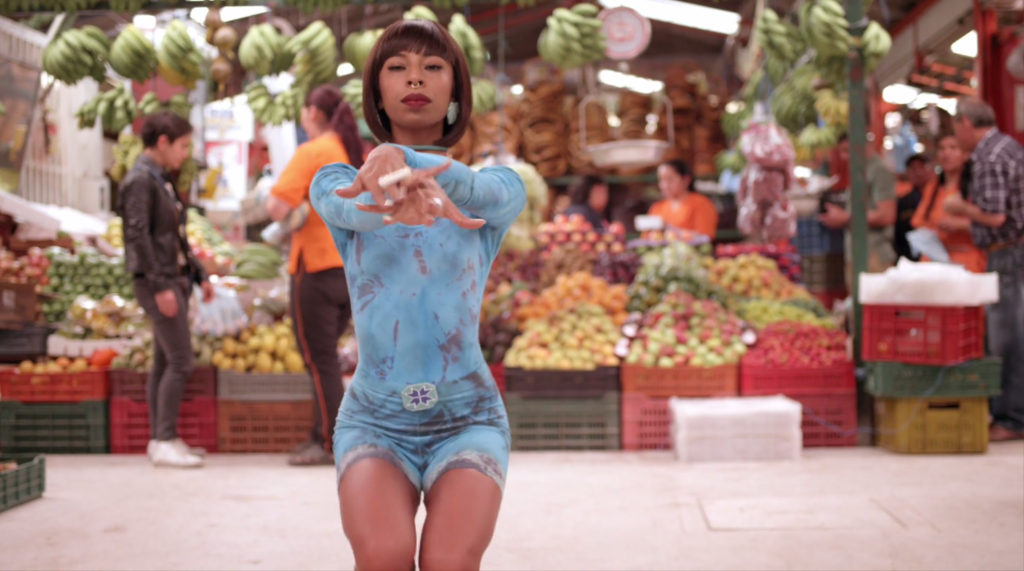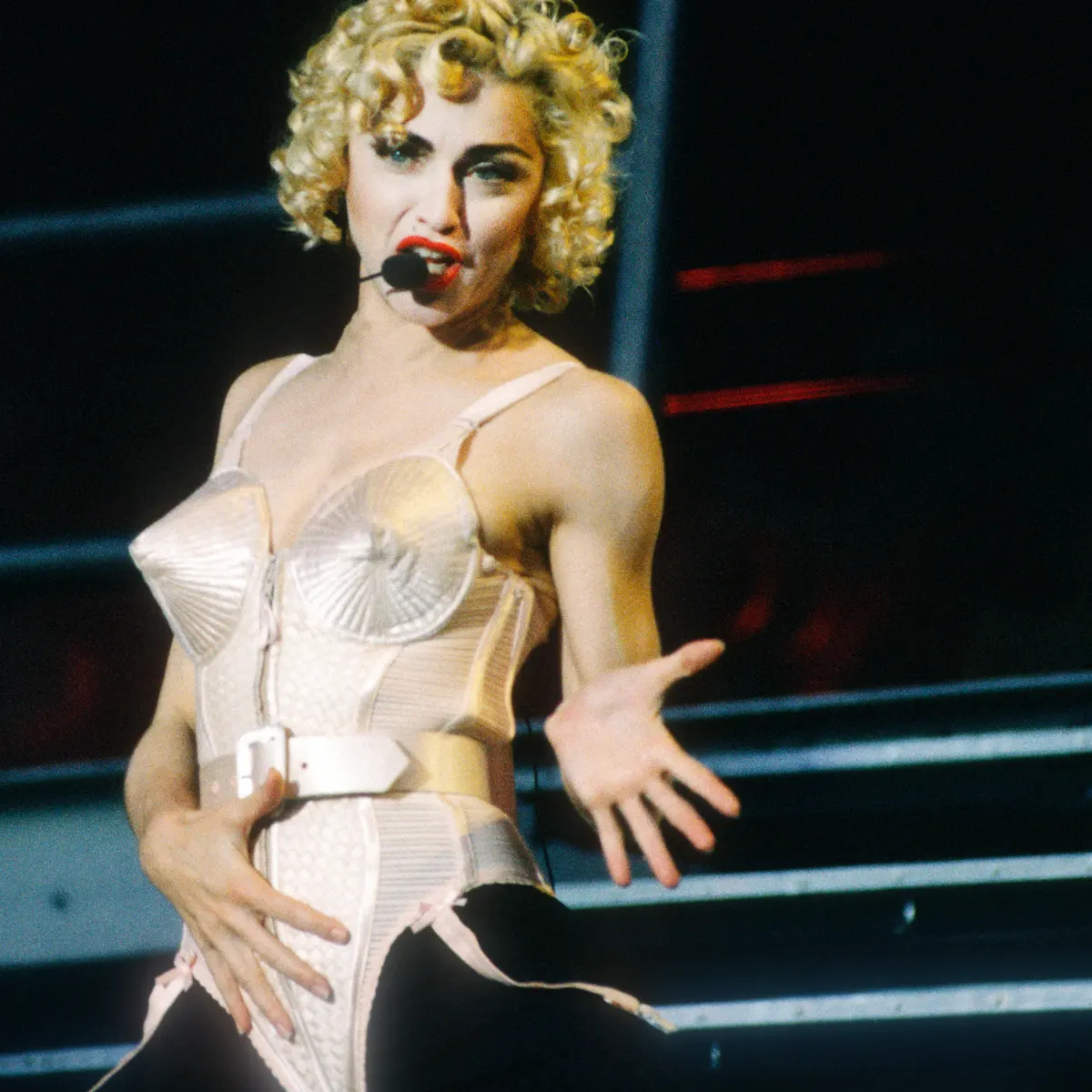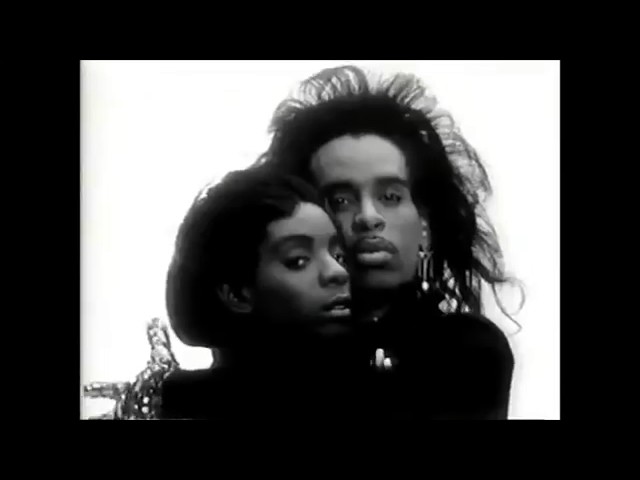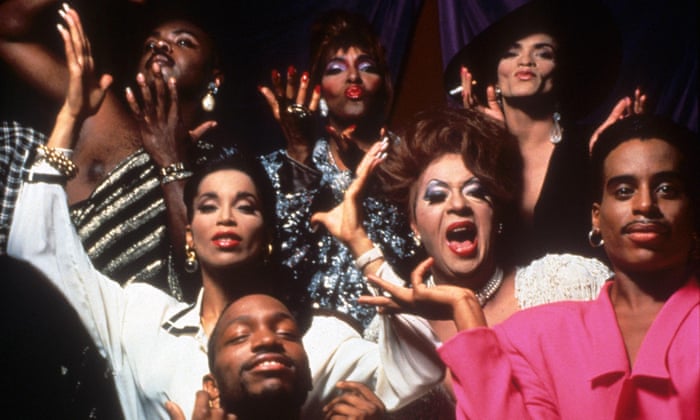Introduction
Voguing has trascended the cultural barriers imposed by an hegemonic majority, in a way that its reach has created safe spaces fot the LGBTQ+ community to exist.Also Vogue has managed to capture the attention of mainstream media, entertainment and pop culture, giving the ball movement visibility and making it accesible to a massive amount of people worldwide.
In this section, we´ll explore the journey of vogue visibility, identity and its impact on contemporary culture.

Influence on Madonna
Madonna is commonly credited with popularizing vogue as a dance craze. Due to the popularity of her song "Vogue", Madonna has often been perceived as the inventor of voguing, which nevertheless has not remained central to her performance work. MFA Stephen Ursprung from Smith College felt that "Madonna created a market for voguing" and further asserted "voguing has left its mark on the world" through a "close connection" with the singer.
When Madonna was a rising star in New York, she often frequented dance clubs, which is where she learned about voguing. Dancers (and members of the ball scene’s House of Xtravaganza) Jose Gutierez Xtravaganza and Luis Xtravaganza introduced her to the dance style at the Sound Factory, a club in New York City. Thus the inspiration for the song was born, and Madonna brought Jose and Luis on to help choreograph the music video and eventually travelled the world with her on the Blonde Ambition Tour.
With the release of “Vogue” on March 27, 1990 and the subsequent music video (directed by David Fincher), voguing went from being an underground movement to a worldwide phenomenon. The song went to number one in over 30 countries and became Madonna’s best-selling single in the United States. Suddenly, everyone was voguing, but probably didn’t realize the cultural significance it had in the queer community. Though Madonna never claimed to invent it, it still left a sour taste in the mouths of many LGBTQ people of color.
For some, Madonna becoming the face of voguing was just another example of a straight white woman taking from a culture that wasn’t theirs and getting all the credit. Suddenly, men, women and children around the world were voguing (or at least their watered down attempts at it) and Madonna was reaping the benefits of the success. But the queer black and Latinx ball performers were still left disenfranchised, and when Madonna moved on to her next era, voguing was made out to be a fad instead of the livelihood of many underground performers even to this day.
It’s also crucial to remember Madonna’s status as a gay icon and her history of support for the LGBTQ community. She has always used her voice to uplift the queer community, even early on in her career during the AIDS crisis, when it could have harmed her career to do so. While her capitalizing on voguing may look like a calculated move by yet another culture vulture, it genuinely seems like it was her being surrounded by this culture and wanting to embrace it with the utmost respect. But that’s just one perspective, and with so many diverse voices in the queer community, it’s important to listen to each side of the argument.
This isn’t to say we shouldn’t celebrate “Vogue” as the groundbreaking single that it was, or continue to rank the video as one of the best of all time. It’s just important to look at it and remember the queer POC that allowed for that song and video to happen, the ones who continued to struggle even when Madonna was on to her next success.

Deep in Vogue
"Deep in Vogue" is a 1989 dance single by Malcolm McLaren and the Bootzilla Orchestra featuring Lourdes Maria Morales and Willie Ninja, with additional production and remix by Mark Moore and William Orbit, sampling the 1973 MFSB song "Love is the Message.""
The song was released as the third single from McLaren's fourth studio album, Waltz Darling (1989). McLaren was so impressed with the Moore and Orbit version that he scrapped his original recording and used the Moore/Orbit remix (in a shortened form with a spoken intro by McLaren and some other parts not found on the 12 inch) for the Waltz Darling album. The 12-inch mix is subtitled 'Banjie Realness' (although the correct spelling generally used is 'Banjee').
This single serves as a tribute for the underground houses of New York; LaBeija, Extravaganza, Magnifique, St. Laurent, Omni, Ebony, Dupree.

Paris is Burning
Few documentaries can claim to have sparked as much discussion and controversy as Jennie Livingston’s debut Paris is Burning (1991), the vibrant time capsule of New York’s ballroom subculture in the 80s. Seven years in the making, this stylish, poignant film followed African American and Hispanic gay men, drag queens and transgender women as they compete in simultaneously fierce and fun competitions involving fashion runways and vogue dancing battles, while sporting styles like Butch Queen, Town and Country and Luscious Body. Many of the contestants vying for trophies represent “Houses” (Pendavis, Extravaganza, LaBeija) which serve as surrogate families and social groups for a predominantly youthful community largely ostracised from mainstream society.
The film alternates between colourful ballroom sequences – an acknowledged influence on current hit show RuPaul’s Drag Race – and candid interviews with key scene figures, who address an off-camera Livingston on complex subjects including class; race and racism; wealth; gender orientation; and beauty standards. It’s also endlessly quotable, with characters dispensing terminology that’s since passed into popular parlance. Explaining the concept of ‘shade’, one of the film’s stars, Dorian Corey, purrs memorably: “I don’t have to tell you you’re ugly … I don’t have to tell you because you know you’re ugly. That’s shade.” Its lexical influence is legion. As Daily Dot writer Mary Emily O’Hara pointed out: “If you’ve ever used words like ‘fierce’ or ‘shady’ or commented ‘yassss queen’ or ‘work’ on a cute Instagram pic, you’ve been speaking the language of the ball scene – likely, without ever realising where it came from.”
The film helped to spotlight the work of choreographer Willi Ninja, and won the grand jury prize at the 1991 Sundance film festival. It later went on to commercial success after being picked up for distribution by Miramax. All was not smooth sailing, however. Critics including feminist scholar bell hooks questioned whether Livingston – a middle-class, white, genderqueer lesbian – was playing the role of voyeur; an enabler of cultural appropriation. Meanwhile, a 1993 New York Times article entitled Paris Has Burned reported that several of the performers, feeling that they’d missed out on the wealth generated by the film, wished to sue for a share of its profits. One, Paris DuPree, sought $40m in compensation. (The film grossed $3,779,620 domestically against a budget of roughly $500,000: excellent numbers for a documentary, but hardly blockbuster figures.)

